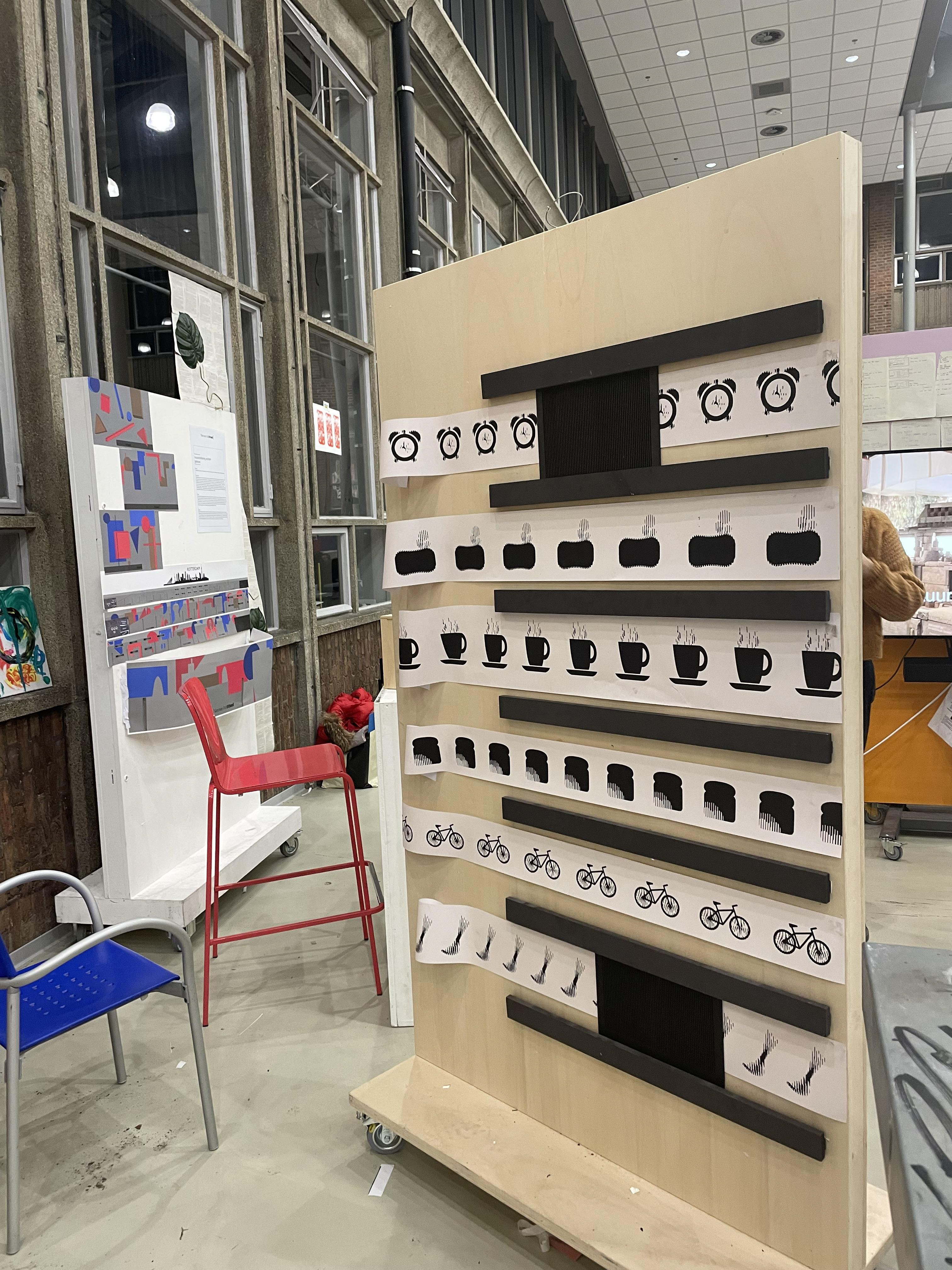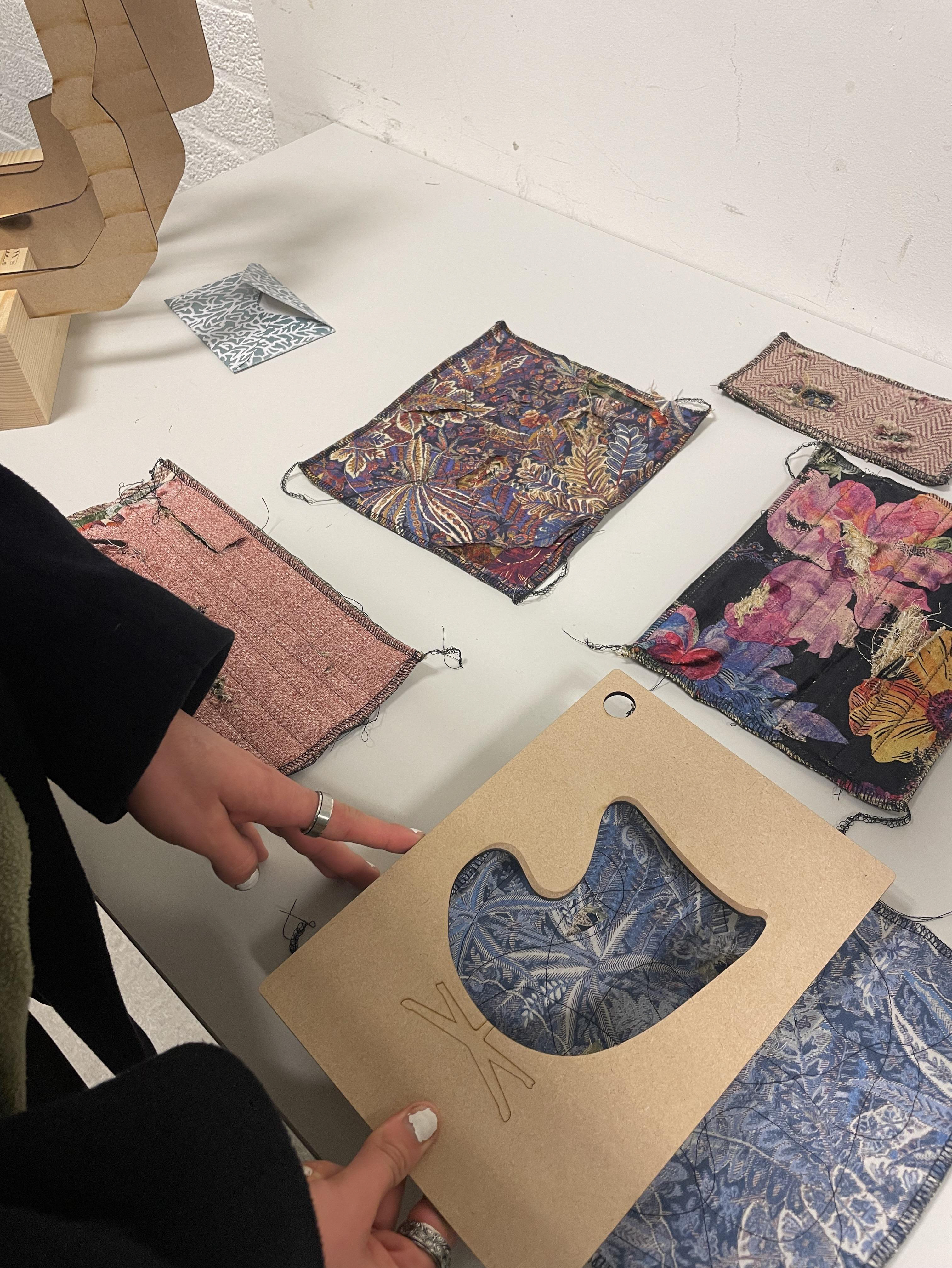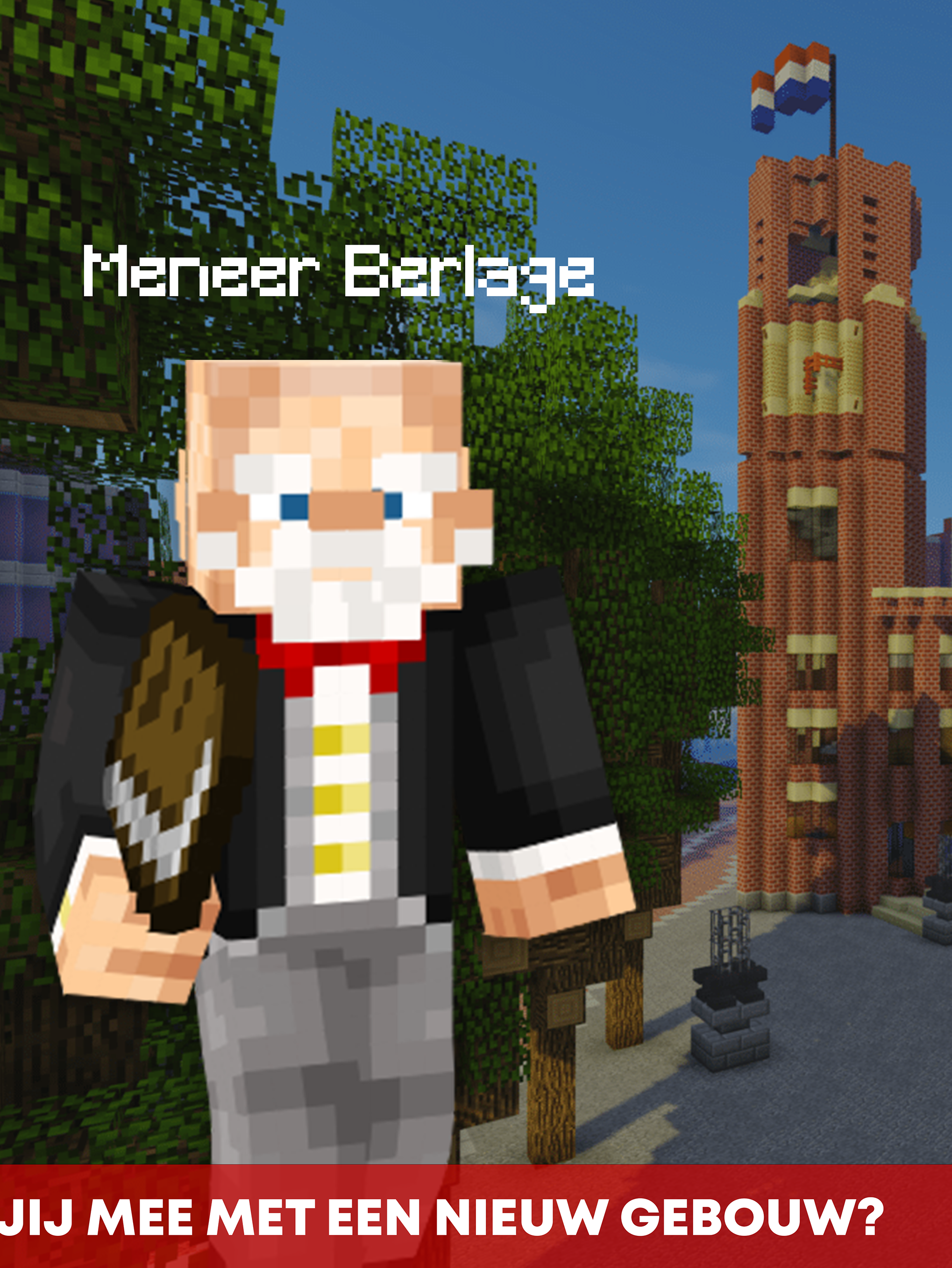I CONTACT
I CONTACT is inspired by the outdated understanding that the ability to hold eye contact is always positive and necessary for fulfilling social discourse. This is not only untrue, but also demonises and disregards the needs of neurodiverse individuals. Eye contact can be an intense and overwhelming sensory experience for various reasons. For example individuals with autism can find eye contact invasive, distracting, and confusing. Contrary to past assumptions, their aversion to eye contact doesn't signify a lack of interest but rather functions as a coping mechanism to mitigate discomfort caused by overstimulation in certain brain regions. Studies also indicate that avoiding eye contact in certain contexts can enhance brain efficiency, such as facilitating quick and accurate responses to questions. In this work I capture overwhelm by magnifying its intensity for all viewers, through which I facilitate a better understanding of the neurodiverse experience. https://exposure2024.hku.nl/p/i-contact-1






